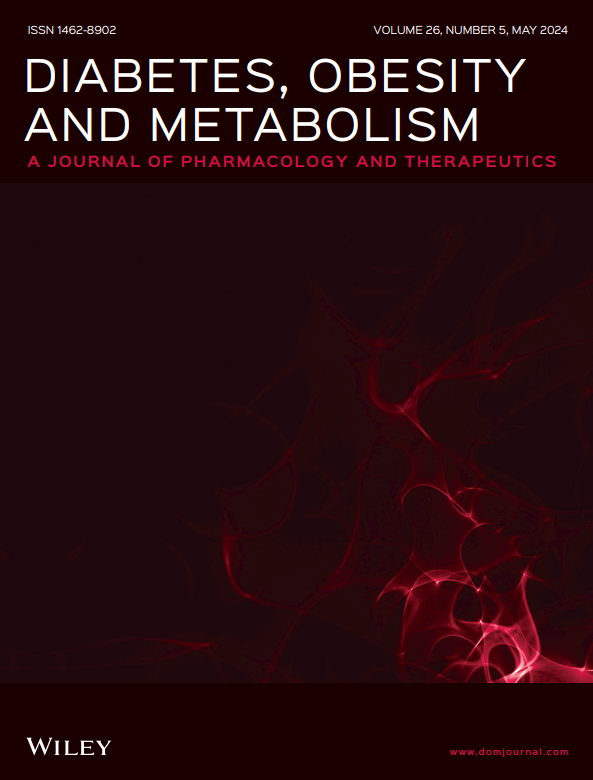Hepatocyte-specific RAP1B deficiency ameliorates high-fat diet-induced obesity and liver inflammation in mice
Abstract
Aim
This study investigated the role of RAP1B in hepatic lipid metabolism and its implications in obesity and associated metabolic disorders, focusing on the molecular mechanisms through which RAP1B influences lipid accumulation, inflammation and oxidative stress in liver tissues and hepatocyte cell lines.
Materials and Methods
Liver-specific RAP1B-knockout (LKO) and overexpression (OE) mice were generated and fed a high-fat diet for 18 weeks to evaluate systemic and hepatic metabolic changes. Comprehensive metabolic phenotyping included measurements of body weight, body fat content, activity levels, energy expenditure (EE), respiratory exchange ratio (RER), glucose tolerance test and insulin tolerance test. RAP1B-knockdown AML12 hepatocytes were used for in vitro studies. Comprehensive transcriptome and metabolome analyses identified differentially expressed genes and key metabolic shifts. Biochemical and histological analyses were performed to assess lipid accumulation, oxidative stress and inflammatory markers.
Results
We found that LKO mice exhibited significant reductions in body weight, fat pad size and liver mass, along with decreased hepatic lipid accumulation due to enhanced lipid breakdown. These mice demonstrated improved glucose tolerance and insulin sensitivity without changes in food intake. Liver histology showed reduced F4/80-positive macrophage infiltration, indicating decreased inflammatory cell recruitment. Additionally, markers of oxidative stress were significantly lower, and molecular analysis revealed downregulation of the MAPK(p38) and NF-κB signaling pathways, further supporting an anti-inflammatory hepatic environment. In contrast, OE mice showed increased liver weight, aggravated hepatic lipid accumulation driven by enhanced lipogenesis, worsened insulin resistance and elevated inflammation.
Conclusions
This study highlights RAP1B's pivotal role in hepatic metabolism and positions it as a potential therapeutic target for obesity and related metabolic disorders.

 求助内容:
求助内容: 应助结果提醒方式:
应助结果提醒方式:


